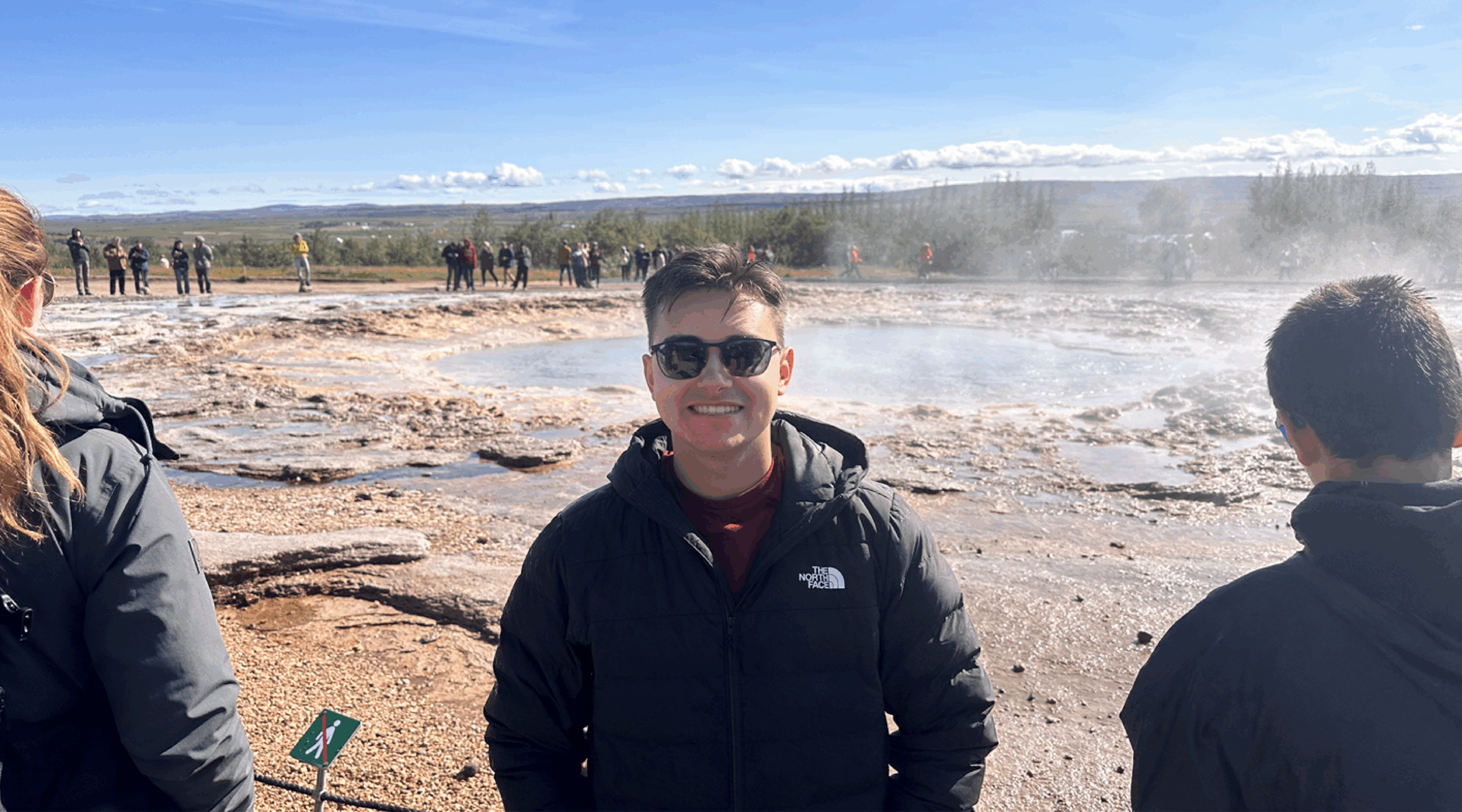Did you know that the State of New Hampshire has a list of over 400 plant species that are classified as either endangered or threatened under the NH Native Plant Protection Act (RSA 217-A)? The NH Natural Heritage Bureau maintains the state’s database of locations where the plants on this list have been identified. When a project is in the early stages of development, it is an important step to check this database to determine if a site may contain a habitat for one of these protected species.
What happens when—surprise—Natural Heritage Bureau determines that a site contains habitat for a listed plant? This determination is based on records of locations where the plants have been found, and those records can be recent or old, and based on site conditions that may have shifted over time. For example, a record noting a historical population of field plants may no longer be on a site that is currently a developed building and parking lot. Sometimes by reviewing the site records and history along with information regarding current site conditions, Hoyle Tanner’s staff can determine if that plant may or may not be located on the site. In cases where that kind of preliminary analysis cannot be used to rule out the presence of a listed plant, the next step in the process would be to have an experienced botanist perform a field review of the site to look for the plant. Often this needs to be completed during a certain time of year, for example, when the plant is flowering, since with certain species of plants, it can be tricky to identify the protected species from another similar looking species. Natural Heritage Bureau staff can sometimes complete this field review, or a qualified botanist, such as Joanne Theriault at Hoyle Tanner, can do the site work instead.

Case Study: Finding Unexpected Species
Hoyle Tanner has been working with a municipality on a bridge replacement project. This work requires a wetland permit from New Hampshire Department of Environmental Services (NHDES), and per their permit requirements, a review of the Natural Heritage Bureau records for state-listed plants was completed. Natural Heritage Bureau reported the endangered Engelmann’s quillwort (Isoetes engelmannii) was reported in a historical record from 1946 in a location downstream of the bridge and proposed work area. Because of this historical record, and the fact that the site contains habitat for this plant that is similar to the habitat where it was previously found, Natural Heritage Bureau staff conducted a site review to see if these plants were growing in the project area.
Natural Heritage Bureau did not find Englemann’s quillwort; however, a new, previously unidentified population of a different endangered plant, climbing hempvine (Mikania scandens), was found within the proposed work areas.

A Balancing Act: What to Do When you Find an Endangered Plant?
This particular bridge has undergone extensive engineering analysis to determine how best to keep this important piece of the Town’s infrastructure safely operational. The bridge was determined by New Hampshire Department of Transportation (NHDOT) to be “functionally obsolete,” which means that it is not built to current standards and may have inadequate lane widths, shoulder widths, or vertical clearances to serve the current traffic demand. Repairs to the bridge were deemed infeasible because the cost of necessary repairs to bring the bridge to current standards would be comparable to the cost of installing a new bridge. The engineering team at Hoyle Tanner examined the proposed replacement in light of the identified plants’ locations to avoid and minimize impacts to these plants; however, it was determined that some clumps would not be able to be avoided.
Hoyle Tanner worked with Natural Heritage Bureau to determine if the plants in the work areas could be transplanted to new locations. After reviewing the specific habitat needs and ecology of this species, it was determined that the plants would likely survive a transplanting effort if similar habitat could be identified to serve as their new homes. Hoyle Tanner turned to a locally experienced botanist Basswood Environmental LLC to assist in identifying options along the river that could provide such habitat.
Luckily, the Town, and the Southeast Land Trust, have been very proactive in preserving parcels of land that abut the river. Sites that are currently protected under conservation easements that have frontage along the river are currently being investigated to determine the best possible location for replanting. Once those sites have been agreed upon with the landowner, Natural Heritage Bureau and the Town, the plants will be moved. Based on this plant’s unique life cycle, Hoyle Tanner is targeting early October 2021 for this to take place. Hoyle Tanner’s Environmental Coordinators Deb Coon, Joanne Theriault, and myself will assist Natural Heritage Bureau staff and Mr. Lema in the transplanting efforts.

While it is often a surprise to discover that an endangered or threatened plant species are growing on a project site, it does not have to be an unhappy one. Protection of state-listed plants can be an important part of any infrastructure project that we design, manage and permit at Hoyle Tanner. Our team of knowledgeable professionals is capable of working with clients and regulatory staff to ensure that the efforts required to meet the state and federal requirements for such protection are in line with the project’s budget and schedule and do not result in significant delays or additional costs. Contact me for more information about endangered and threatened species!










